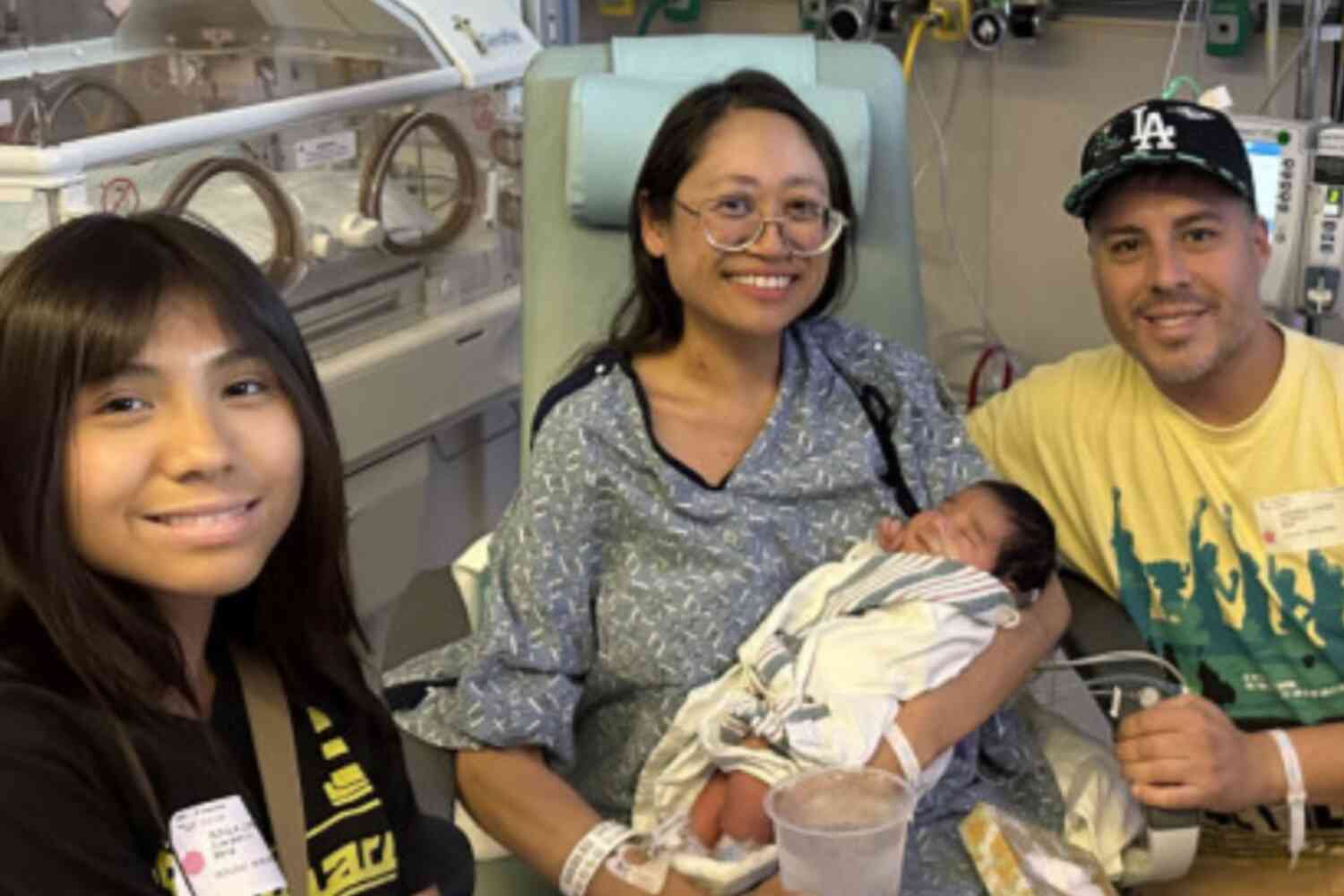The Brits are turning to parasitic wasps to control moths inside an English manor where clothes-eating moths have thrived in the quiet months of lockdown.
Blickling Hall (which has one of the most ridiculous British names of all time) is where historians believe Anne Boleyn, the infamous second wife of King Henry VIII, was born.
Here's what the BBC had to say:
"A survey by the National Trust showed pests and molds had thrived at historic properties in lockdown. The conservation charity, which owns the hall, said that despite careful housekeeping, the common clothes moth had been hard to control.
Blickling is home to items such as the Peter The Great tapestry, which was a gift from Russia's Catherine the Great in the 1760s, and a counterpane from Queen Anne's throne canopy."
To try to protect the hall's historic treasures, staff are releasing a natural enemy of the moth, the trichogramma evanescens wasp, to lay its eggs inside the moths' eggs and kill the baby moths inside.
"The wasps then die naturally and disappear into the house dust," said the BBC.
The good news is that the wasps – unlike their giant murder-hornet cousins – are itty bitty things. Here's a picture of some of them on a piece of paper:
And a close up:

The staff are also releasing moth pheromones to confuse males so they can't find females.
Alternatively, they could start opening things back up to visitors to disrupt the moths, but I'm just a silly Yankee and don't know much about sCiEnCe.









